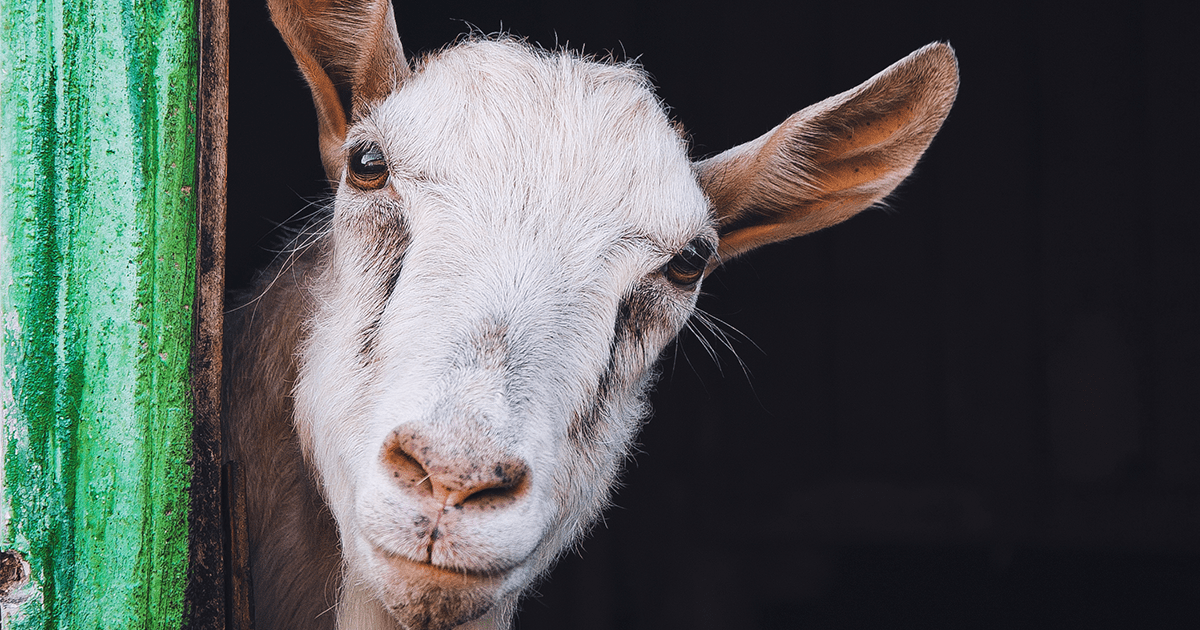
Applied Animal Behaviour Science 100:11-19. Duncan I (2006) The changing concept of animal sentience.Animal consciousness, animal welfare and human well-being. Boissy A et al (2007) Assessment of positive emotions in animals to improve their welfare.Broom DM (2016) Considering animals’ feelings.Broom DM (2014) Sentience and Animal Welfare.


Given that animals seek pleasure and avoid pain, specific tests have been developed which allow the animal to show what they want and how important it is to them.īy observing animals for signs of negative and positive emotions, we can help ensure that their mental well-being is safeguarded so that they can experience a ‘life worth living’. Conversely, when an animal is frightened, they will either attack (fight response), escape (flight response) or may show no reaction (known as a freeze response).Īnother way to assess emotional state is to let the animal choose different options in their environment. For example, animals experiencing a positive mental state are likely to play, explore and have close social contact with other animals. In terms of behaviour, we can gain a greater understanding of an animal’s emotional state by looking for signs which reflect positive or negative experiences. The most common way to assess the emotional state of an animal is by observing and analysing behaviour, although there is increasing work being done on new technologies that assess brain function. For example, a new framework has been developed called the Five Domains which emphasises the need to consider the mental as well as physical well-being of animals. This results in greater consideration of the mental well-being of animals, an area which is now receiving more attention. For example, animals farmed for food under intensive or free-range systems, animals in zoos and circuses or companion animals. Understanding and recognising animal sentience is important to help identify the needs of animals and to assess their welfare in different circumstances. When considering animal welfare, it is understood that the word ‘animal’ refers to sentient animals. New Zealand, Canada, and the Australian Capital Territory also recognise sentience in legislation. In 2017, the Victorian Government published the Animal Welfare Action Plan, which acknowledges animals as sentient.
SENTIENCE ANIMALS FULL
In 2008, the signing of the Treaty of Lisbon officially acknowledged animals as sentient requiring full regard to their welfare requirements in the European Union. Animal sentience was first recognised centuries ago but has only in the last few decades been explored scientifically and included in animal related policies. This was first recognised in vertebrate animals with recent scientific evidence that some invertebrates are also sentient. It is generally accepted that humans are sentient but over time there has been a shift in acknowledging that other animals are also capable of experiencing different emotions. These abilities rely upon animals being aware of changes happening around them (also known as perception) and being able to remember, process and assess information to meet their needs (also known as cognition). There are more than 70 monsters in the book. Sentience also extends to an animal’s ability to learn from experience and other animals, assess risks and benefits and make choices. 22 hours ago &0183 &32 According to him, cryptids are a key thread in the American fabric and a lifeline for small towns that would otherwise be left off the map entirely.

Negative feelings or emotions include pain, fear, boredom and frustration, whilst positive emotions include contentment and joy. Until we remedy that, we can't have a sensible discussion about the ways we use animals or the standards we hold animal industries to.Animal sentience is the capacity of an animal to experience different feelings such as suffering or pleasure. "Our laws are built on a fiction that animals aren't sentient.

"Any horse trainer, cattle farmer, or pet owner will tell you that every animal is unique," Ms Boyd said. Similar laws in the ACT and overseas recognise animal sentience while Victoria is considering it, Ms Boyd told parliament on Wednesday.Ī recently signed trade agreement between the UK and Australia also recognises animals as sentient beings, she added. "The science on animal sentience has been settled for decades, but NSW's animal welfare laws are stuck in the past," Ms Boyd said. People responsible for an animal's welfare would have to follow "best practice" including ensuring their physical, emotional and mental needs are met "in a way that conforms with contemporary scientific knowledge". New definitions would be added for "cruelty" and "sentience" as well. It would also expand the definition of "pain" beyond suffering or distress to include physical, mental or emotional distress. An amended act would recognise animals' ability to feel and perceive the world around them, their intrinsic value and right to have a quality of life which reflects that, and opportunities to "experience positive states of comfort, interest or pleasure".


 0 kommentar(er)
0 kommentar(er)
